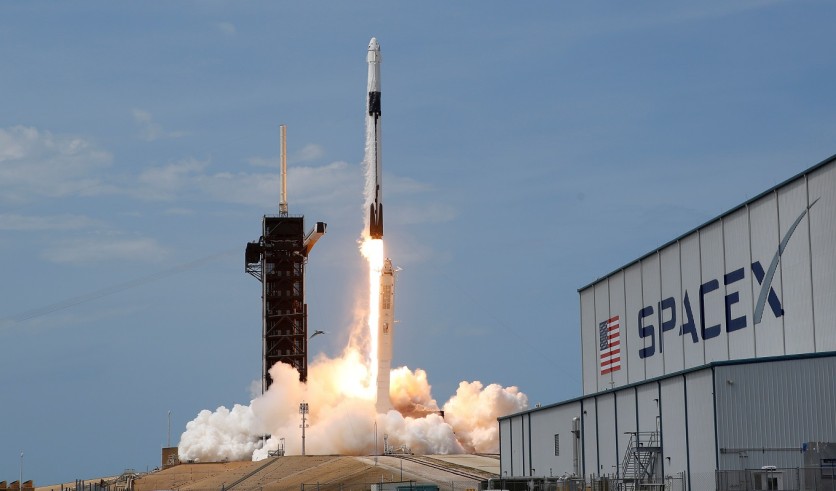Elon Musk's SpaceX has done quite a few incredible things this year, despite the ongoing pandemic, from sending their first manned mission to the International Space Station to continuing their efforts of sending Starlink satellites into space as part of their global internet broadband service.

More Starlink Satellites Launched
On Tuesday, Aug. 18, the company has yet again sent 58 more Starlink satellites, the 11th batch, bringing over 600 satellites in position above us.
The launch also sent Falcon 9 first stage booster flying once again, breaking a record as it has been re-used for the sixth time.
Moreover, the mission carried three Planet satellites as well.
According to TechCrunch, the launch happened at 10:31 a.m. EDT (7:31 p.m. PDT) from SpaceX's launch site in Cape Canaveral Air Force Station in Florida, followed by the retrieval of the Falcon 9 booster.
Based on the report, it successfully landed at sea (another record-breaking feat) at SpaceX's "Of Course I Still Love You" floating drone landing barge, meaning it could possibly be re-used once again in the future and setting another record.
Re-using Spacecraft Parts
Besides the now-infamous Falcon 9 booster, the SpaceX mission also used a re-flown fairing.
The part has been recovered during the fourth Starlink mission and was refurbished, so it could be used again, which is what happened in today's historic launch.
The company used the help of "Ms. Tree" and "Ms. Chief" SpaceX ships for the recovery attempt, and according to SpaceX's update via its official Twitter account, Ms. Tree was able to catch one half of the fairing while the other half has apparently ended up in the ocean.
Ms. Tree caught a Falcon 9 fairing half! pic.twitter.com/TFaJqIf1qT — SpaceX (@SpaceX) August 18, 2020
Still, it could be retrieved and refurbished for future missions.
Chief Executive Officer and founder Elon Musk have long said that it was his goal to make every part of his company's spacecraft reusable for retreat missions to reduce the cost of rocket flights significantly--and by the way, things are unfolding, Musk might reach his goal in the future.
Starlink's Internet Speed During Its Early Testing Mode
Meanwhile, SpaceX's Starlink project is entering its planned beta service launch sometime this year, if everything goes the way it's supposed to be.
Nevertheless, they can only cater to the US and Canada in the meantime.
However, the long-term goal is to fill the sky with Starlink constellation with tens of thousands of satellites to provide a stable and faster internet connection to the world, including hard to reach and remote places before.
As of now, the service is most likely in its early--and possibly internal-only--testing mode, and it seems like the Starlink constellation is doing its work with the satellites that are already in space.
According to PCMag, beta tests show that it can deliver download speeds of 11Mbps at the minimum to 60Mbps, based on the Ookla speed test.
Imagine how fast it would be if the Starlink constellation is finally complete.
The Starlink project has met criticisms from various astronomers, saying the constellation could disrupt the view of the night sky and cause problems, but Musk was adamant it would not make any difference.
Read Also: Elon Musk's Mysterious Neuralink Chip Could Make You Hear Things That Were Impossible to Hear Before
This article is owned by TechTimes
Written by: Nhx Tingson
ⓒ 2025 TECHTIMES.com All rights reserved. Do not reproduce without permission.




